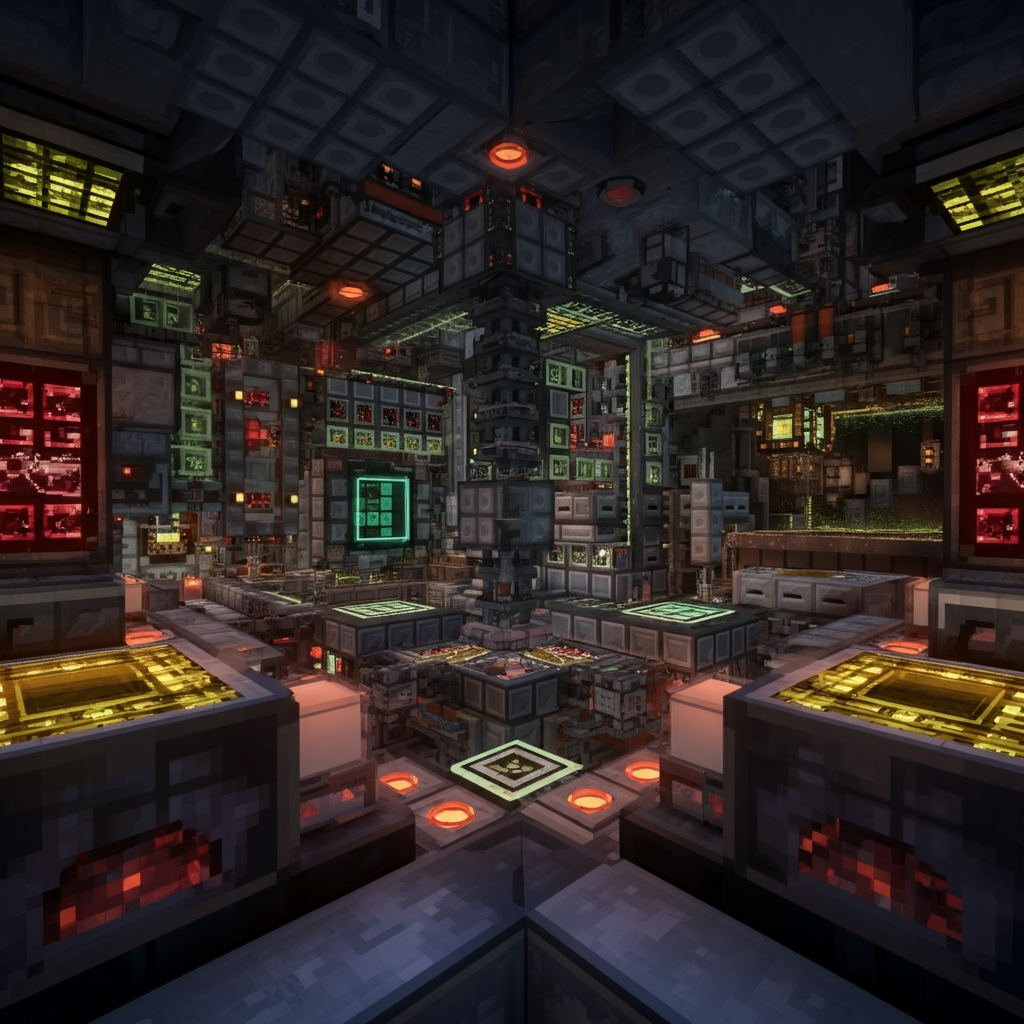Introduction to Tech Machining
Ever wondered how the intricate components of your smartphone or an airplane engine are created with impeccable precision? The answer lies in tech machining. This cutting-edge approach to manufacturing has transformed industries by enabling the production of ultra-precise, complex parts at unparalleled speeds.
This blog will introduce you to the concept of tech machining, explore its evolution, applications, and advantages, and provide insights into its challenges and future potential. Whether you’re an engineer, manufacturer, or a tech enthusiast, this guide will show why tech machining is central to modern manufacturing.
The Evolution of Tech Machining
From rudimentary lathes powered by hand to the sophisticated precision manufacturing systems we rely on today, the history of machining reflects humanity’s quest for efficiency and accuracy.
Key Milestones in Machining Development
- 19th Century: The Industrial Revolution marked the advent of powered machines, ushering in significant productivity gains. The first machining centers, like milling and lathe machines, were born in this era.
- Mid-20th Century: The emergence of Computer Numerical Control (CNC) machines revolutionized the industry. These systems automated processes, leading to consistent results with minimal human intervention.
- Present Day: Today, tech machining incorporates advanced technologies like 5-axis CNC machines, laser machining, and additive manufacturing. These tools can fabricate components with nanoscale precision, redefining what’s possible for manufacturers worldwide.
Applications of Tech Machining
Tech machining has become indispensable across a variety of industries. Here’s how this technology is shaping key sectors:
1. Aerospace Industry
The aerospace industry demands exceptional precision and tolerance, often within microns. Tech machining enables the production of turbine blades, engine components, and structural parts that can withstand extreme conditions while meeting safety standards.
2. Automotive Manufacturing
From transmission parts to custom lightweight car frames, tech machining delivers efficiency and durability. Its ability to mass-produce components with consistent quality has drastically improved vehicle performance and safety.
3. Electronics and Semiconductors
Creating microchips and circuit boards requires peak precision. With advanced machining techniques, manufacturers can design smaller, more powerful electronics, fueling innovations in smartphones, laptops, and IoT (Internet of Things) devices.
4. Medical Devices
For medical implants, surgical tools, and diagnostic equipment, precision manufacturing plays a critical role. Tech machining ensures these devices meet strict regulatory standards while being optimized for patient care.
Other industries like construction, defense, and robotics also heavily rely on tech machining to achieve superior efficiency and functionally demanding designs.
Advantages of Tech Machining
Why are so many industries turning to tech machining? Here are some compelling advantages over traditional machining methods:
1. Precision and Complex Designs
Tech machining achieves mind-blowing accuracy, often to tolerances of 0.001 mm or less. Such precision allows engineers to bring even the most intricate designs to life.
2. Increased Speed and Efficiency
Advanced CNC machines and automated systems reduce time spent on each part, allowing manufacturers to meet tight deadlines while maintaining high quality.
3. Cost-Effectiveness
Despite the upfront investment in machinery, tech machining reduces production costs in the long run by minimizing material waste and labor-intensive processes.
4. Adaptability and Flexibility
Tech machining tools can handle a wide range of materials, from metals and plastics to composites and ceramics, making it a versatile solution for diverse manufacturing needs.
By offering increased capabilities along with sustainable production outputs, tech machining gives businesses a competitive advantage in the global market.
Challenges and Innovations
While tech machining has transformed industries, it’s not without its challenges.
Current Challenges
- Sustainability Issues:
Machining traditionally produces a lot of material waste and consumes energy. Reducing its environmental impact remains a priority.
- Material Limitations:
Certain cutting-edge materials, like advanced ceramics, can be challenging to machine without causing tool wear or compromising performance.
- Cost Barriers for Small Businesses:
The high cost of adopting state-of-the-art machining technologies can often limit their accessibility to smaller manufacturers.
Innovations Driving the Future
Thankfully, the challenges associated with tech machining are being addressed through innovation.
- AI Integration: Modern machining systems are increasingly leveraging AI to predict tool wear, optimize cutting paths, and reduce waste.
- Hybrid Manufacturing: Combining tech machining with additive manufacturing allows for faster prototyping and more customized solutions.
- Green Machining: Advancements in coolant-free machining and energy-efficient machines are reducing the industry’s carbon footprint.
These innovations not only solve the shortcomings of existing systems, but they also push the boundaries of what we can expect from precision manufacturing.
Tech Machining in the Future
What’s next for tech machining? The future promises even greater possibilities:
1. Automation and AI-Powered Systems
Completely autonomous machining centers will continue to emerge, synced with AI systems that can detect inefficiencies and self-correct processes in real-time.
2. Miniaturization
The demand for smaller and more intricate components will drive the development of advanced micro-machining solutions.
3. Advanced Materials
Breakthroughs in material science will result in machines capable of handling substances previously deemed impossible to process.
4. Greater Customization
Cloud-based machining platforms will allow customers to order fully customized parts, enabling rapid prototyping at scale.
The potential is virtually limitless, and those who adopt these advancements early will undoubtedly lead their industries.
Stay Ahead with Tech Machining
The manufacturing world is advancing at an unprecedented rate, and tech machining is at the forefront of this revolution. From aerospace and medical devices to semiconductors and automotive parts, its applications are as diverse as they are impactful.
If your business wants to gain a competitive edge through precision manufacturing, now is the time to act.
Visit our website to explore more resources and learn how you can harness this incredible technology.




